- 30 Posts
- 5 Comments

 0·2 years ago
0·2 years agoYunnan province’s Department of Commerce donated 200 sets of off-grid photovoltaic equipment to rural Nigeria under the ‘Green Energy Africa, One Belt, One Road lightening Up of Thousands of Households’.
Holy shit what if Nigeria leapfrogs the massive fossil fuel-driven industrial revolution and jumps straight into an electrified future?

 0·2 years ago
0·2 years agoThe only difference between the Russian and US system is that instead of having one big party whose interests are entirely separated from the public and which completely crushes any opposition parties, we have two big parties whose interests are entirely separated from the public and which completely crush all opposition parties.
A sham democracy if there ever was one, but that’s because the purpose of indirect democracy is less to decide on policy and more to select a strongman leader that’s most appealing.
The Russian election was “rigged” in that there was only controlled opposition… But this is also not an inherently unique feature. When was the last time a US President was neither Democrat nor Republican?

 0·2 years ago
0·2 years agoIt’s specifically the beef industry, which is simultaneously a huge source of methane emissions, a huge land user for cattle ranching, worse for human health, and, coincidentally, a significant US agricultural output.

 0·2 years ago
0·2 years agoJapan’s current capabilities are officially better than the US and Russia, but worse than China and India.
Hm.
Edit: for anyone who questions this, answer me: when was the last Russian moon landing? The last American moon landing? How many people who worked on those missions do you think still work for Roscosmos/NASA today?
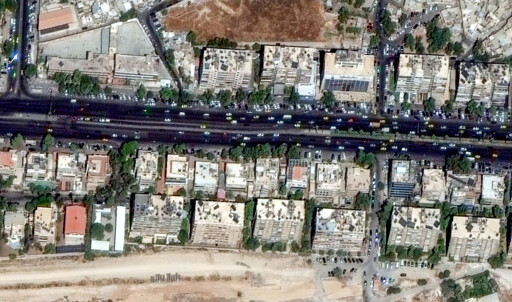
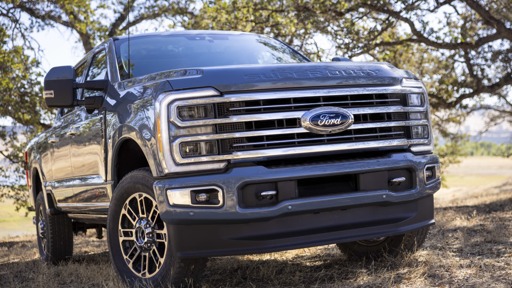
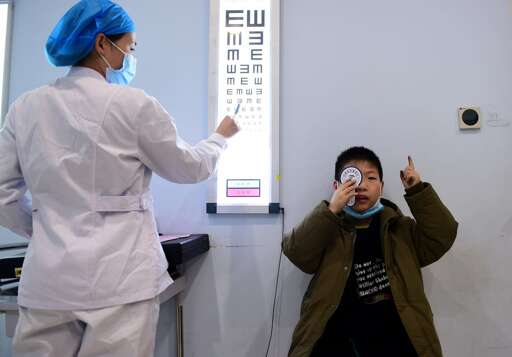

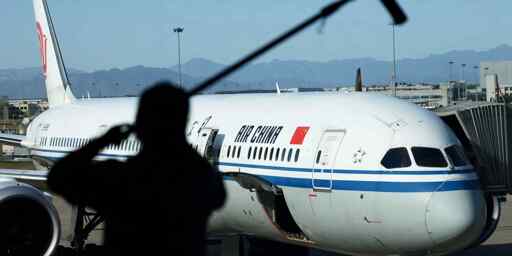
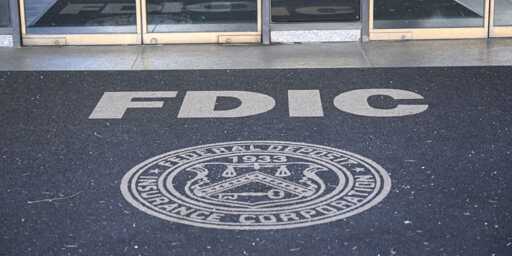

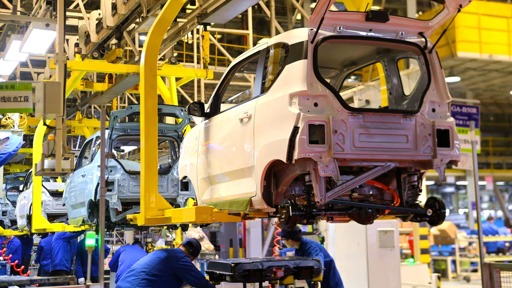
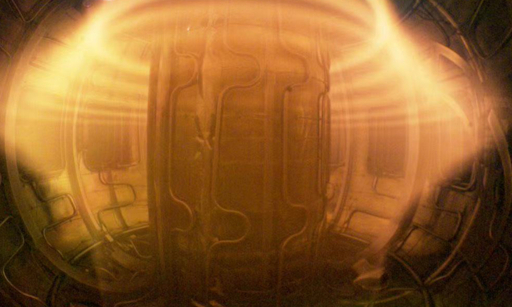

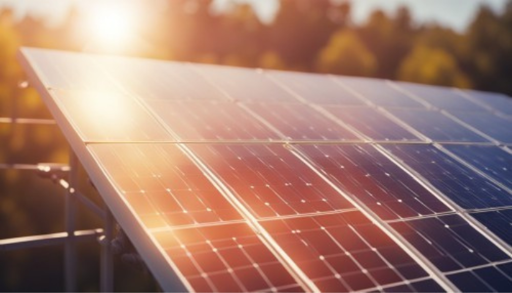
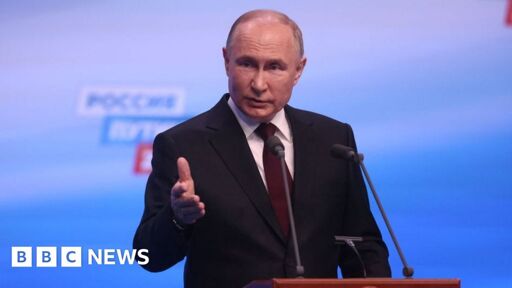
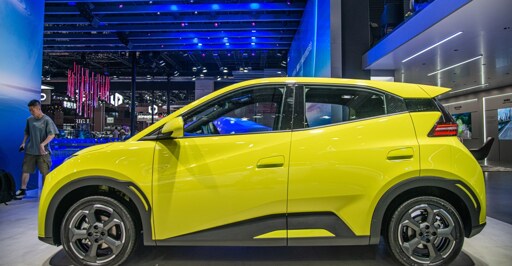


Is it time to disprove CSIS claims again?
Here’s what CSIS claims for the 2009-2023 period:
$65.7B buyer rebates
$117.6B tax exemptions
$4.5B infrastructure subsidies
$25B research and development
$18B government procurement
Up until 2022, the government of China claims 200 billion RMB of subsidies, with the tax exemption making up 115 billion RMB.
Let’s backtrack these numbers:
200 billion RMB in total subsidies. 14.1 million in total PEV stock as of 2022, giving ~14.2k RMB/car in subsidies. The top selling EV in China in 2022, the BYD Song, sells for about 180k RMB.
CSIS claims that subsidies are on the order of $230 billion, or 1.67 trillion RMB, but includes 2023 sales (total PEV stock of ~22 million). That’s a subsidy of ~76k RMB/car.
We know that the maximum buyer rebates were cut from 18k RMB in 2020 to 14.4k RMB in 2021 and 12.6k RMB in 2022 (but only for very high range EVs). Let’s assume for a second that China claims 200 billion RMB solely from buyer rebates, and that of the remaining 1.47 trillion RMB, 853 billion RMB came from the purchase tax… At a 10% tax rate, that suggests an average car value of ~390k RMB or ~54k USD. That exceeds the average car value of US car sales (~47k USD).
Clearly, CSIS has some wonky numbers, but where do they come from?
Well, if you were paying attention, CSIS claims are alarmingly close to China’s claims… If you convert to RMB. China claimed that the purchase tax exemption was responsible for a 115 billion RMB subsidy, while CSIS claimed a $117.6 billion subsidy. Due to differences in annual accounting standards, this is entirely possible.
To check, let’s work back based on China’s claims, assuming that the only subsidies China considers are buyer rebates and purchase tax exemptions (because funding research, funding infrastructure, and government procurement are hardly subsidies in China’s accounting). That leaves $85 billion RMB in buyer rebates and $115 billion RMB in tax exemptions. Working back from the known buyer rebates rate (assuming ~14k RMB/car average over all sales), this gives 6 million subsidy-eligible EV sales or an average sale price of 190k RMB.
However, we know that China’s total PEV stock by 2022 was 14.1 million, so what gives? Well, turns out hybrids are still considered PEVs in that accounting (despite receiving far lower subsidies), and the number of BEVs has only really ramped up recently. Moreover, for a variety of reasons not all EVs are eligible for subsidies.
In my next comment I’ll dive into where I think CSIS went wrong.